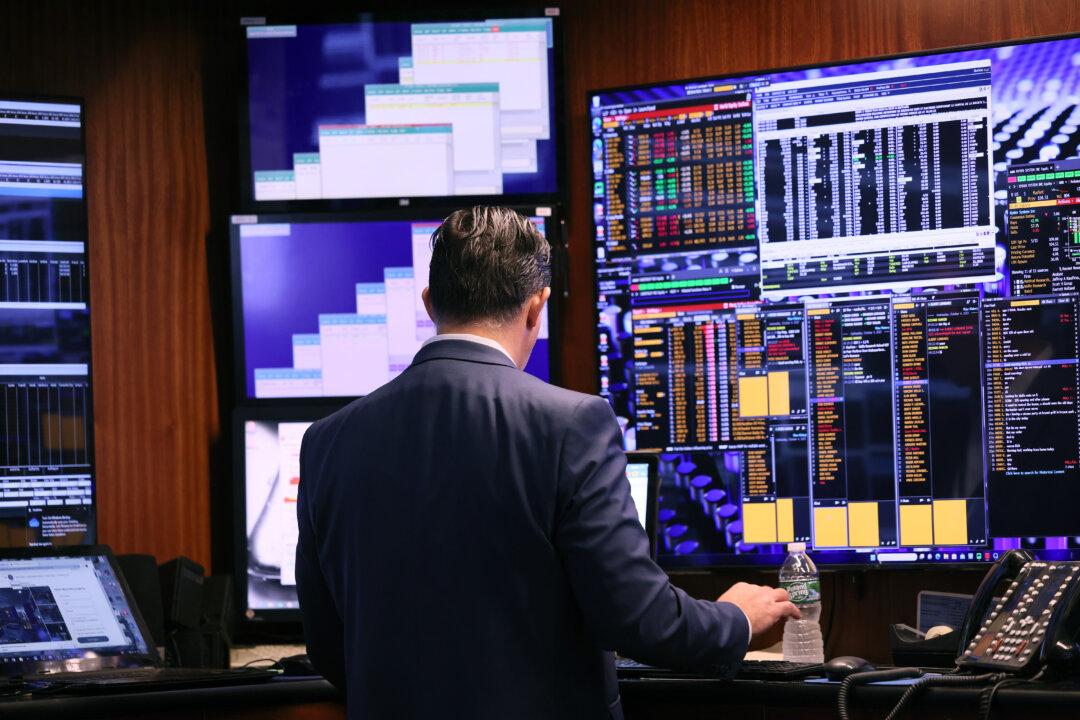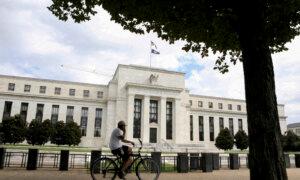He puts this as rule No. 1 because it is the least understood point, the one that trips up almost everyone, and the most enduring myth in finance and economics. Sadly, the United States has been afflicted by this fallacy for a very long time and continues to be.
His actionable point is this: You might have every reason to believe that the economy is performing poorly. You see the debt. You see the manipulation. You see the poor and unsustainable investments. You know of the inflation, unemployment, and even the breakdown of international trade and supply chains. You see the accounting pressures building.
Even under all these conditions, even if they all grow vastly worse, the financial markets can still be the best place for your money. It is for this reason that forever bears can be correct on every point except one: The stock market can still be bullish.
Why is this? Because the stock market records the prices of securities, which may or may not reflect their market value as discerned by underlying conditions, consumer behavior, or accounting realities. This is particularly true in inflationary times.
In three years, the S&P 500 has gone to 5,134 from 4,185, a 22.6 percent gain. This is a low estimate of inflation over this period, which is to say that in real terms, it has not gone up at all. The Dow went up by about 11 percent in the same period, or likely half the valuation of inflation. The Nasdaq has performed similarly. In each case, what looks like fantastic performance is actually just inflation, which is a measure of the decline of purchasing power.
When new money is printed by the central bank, it enters the economy in particular ways. In 2008, the Fed used a clever trick to keep the money printing from watering down the value of the dollar. The Fed paid banks to keep their new deposits, which saved their skin, in the vaults of the Fed. That kept the hot money off the streets and did not fuel inflation.
The downside, of course, was a ballooning of the Fed’s balance sheet, but it wasn’t so bad because the interest costs were low. But eventually, this didn’t pan out. The Fed believed that it faced some kind of emergency in the spring of 2020 and fired up the printing press on a level not seen ever in U.S. history. This time, the new money was directly pumped into businesses and consumers, ballooning bank accounts. Once the spending started, it gradually started pumping up prices, too.
They said at the time that this was merely transitional, but what did that even mean? It sounds like temporary, but it really just means a transition from one thing to another. Now we know. The value of the dollar has lost between 20 and 80 percent of its value depending on the good or service in question. In some cases, with some goods and services, it could be 100 percent or more.
I had an interesting experience yesterday just getting lunch. Some tacos, a couple of beers, and chips came to $70 with a tip. I was just amazed. This was not at all a fancy place but a small family-owned Mexican diner. I swear that a few years ago, that same meal would have been $25 or thereabout. If this is true, we are looking at 180 percent inflation over three years. If that fits with your experience, which it likely does, you are probably among those who think that the Bureau of Labor Statistics is massively underreporting inflation.
If the stock market is not the same as the economy, it is not the same as output and certainly not the same as advancing capitalism and freedom. Indeed, it can represent the opposite. You need only look at the performance of Pfizer and Moderna over the period of the COVID-19 pandemic. When they falsely claimed to have developed a wonderful fix for the problem, its price grew and grew. When it turned out that the fix did not work, it fell and fell. But with every new announcement of some miracle drug, such as Moderna’s claim to be working on a cancer vaccine, we see the recovery happening.
It’s the same with green-energy stocks and defense stocks. They have boomed not because they contribute to economic growth but simply because of government policies and subsidies. These prices are a barometer of where money is moving in fact, whether justified by underlying economic reality or not.
Even with this, it’s hard for people to let go of the idea that a good financial markets performance represents success whereas a falling price represents some kind of failure. This is completely untrue. But the presumption is somehow baked into our culture. We commonly confuse the inflation of our own asset portfolios with the well-being of society generally.
State managers are adept at exploiting this confusion at our expense. Consider, for example, the Fed’s push to lower rates before the November election. This is clearly an attempt to help President Joe Biden win a second term. It’s so obvious that I don’t even see the point in arguing it. The Fed is not neutral. It is part of the deep state with its own class interests in the profitability of banks under its supervision and elites benefiting from its presence. Of course, it is threatened by all the promises of a second Trump term!
In any case, and regardless, if the Fed does get its rate cuts before the election, there’s no doubt how the stock market will respond. It will go up and up, just as it lost some gains last week when inflation came in hot and thus delayed a rate cut. It’s extremely sad to say, but this has been true for a long time: The financial markets are absolutely addicted to loose money and credit. It’s the printing press that keeps it floating higher and higher.
There is no question that this is part of the point. The modern equivalent of Rome’s bread and circuses is a rising 401(k) and growing HSA. It’s a wicked little trick that our elites played on us. Raise our taxes and then fake cut them with the creation of tax shelters that are then invested in high-performing financial assets, which, in turn, benefit the most influential powers in society and feed the growth of the state.
We lose control of our earnings even as more and more wealth is transferred away from workers and owners toward insiders and the powerful.
None of this represents the triumph of capitalism or freedom. Rather, it represents the advancing of corporatism and financialization that comes about in a society without sound money and honest exchange. The system works well for the elites but does not serve the well-being of society overall.
There is nothing immoral about a rising financial portfolio. But a system that provides such a thing at the expense of the common good is not an ethical one.




![[PREMIERING 7PM ET] The Ultimate Fallacy Exposed | Freedom First](/_next/image?url=https%3A%2F%2Fimg.theepochtimes.com%2Fassets%2Fuploads%2F2024%2F04%2F29%2Fid5640067-photo_2024-04-29-18.36.22-1080x720.jpeg&w=1200&q=75)


